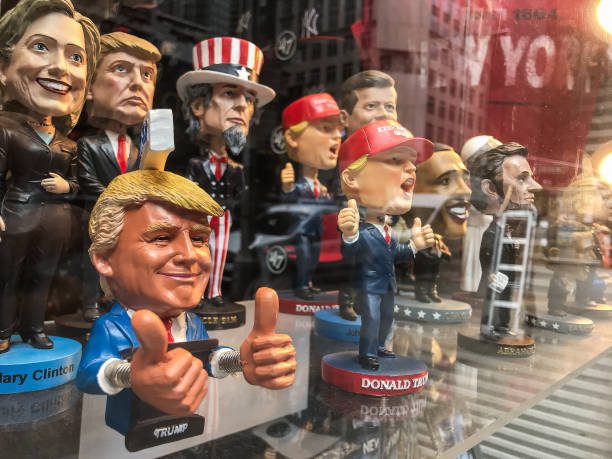NFT’s an introduction, explanation and uses
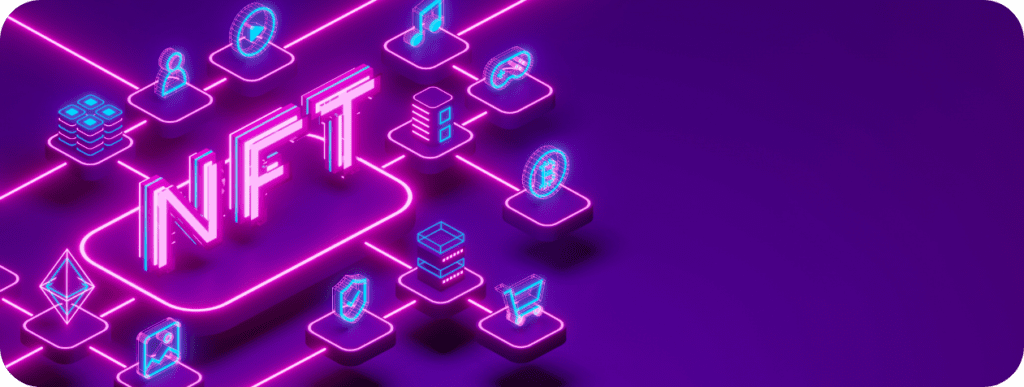

Introduction
Since blockchain blew up the technology realm, everything that was a part of the real world can now be digitalized. Real estate, arts, enterprises, and any other asset can be digitalized authentically, with blockchain giving authority over them. Sometimes these assets are represented in the form of non-fungible tokens (NFTs).
Along with blockchain, the usage of NFTs has grown exponentially in the past few years. The annual growth rate (CAGR) for NFTs is expected to be 35.27%, with an incremental growth of 147.24 billion between 2021 and 2026. Several NFTs have been sold in millions, indicating their success and promising future.
Even physical NFTs are becoming more relevant. So, there is no doubt that NFT will become a strong sector in the blockchain space in a few years.
Table of Contents
Overview of Non-fungible Tokens (NFTs)
Non-fungible tokens refer to assets that are unique or not replaceable.
ERC 20 (Ethereum Request for Comment #20) tokens such as USDC, DAI, or fiat currencies are replaceable tokens that can be exchanged for each other.
However, unique objects like Vincent Van Gogh’s The Starry Night painting are rare artifacts that cannot be replaced by other artwork.
Such objects that do not mirror value are called non-fungible assets. When these are tokenized, they are called non-fungible tokens.
While digital NFTs make up a majority of the market, physical NFTs are also beginning to take over the market recently. These NFTs are more of a certificate of ownership to an asset that clarifies that you are the owner.
Some forms of NFTs are:
• Art, Images, GIFs, Posters
• Music, Videos, Books
• Domains
• In-game collectibles
• Contracts/deeds which represent a physical asset
• Access/membership keys to events.
Many successful projects have taken over the NFT space. Some notable ones are CryptoPunk PFPs, ENS domains, and physical items that are NFT-linked.
What Makes NFTs a Reliable Asset?
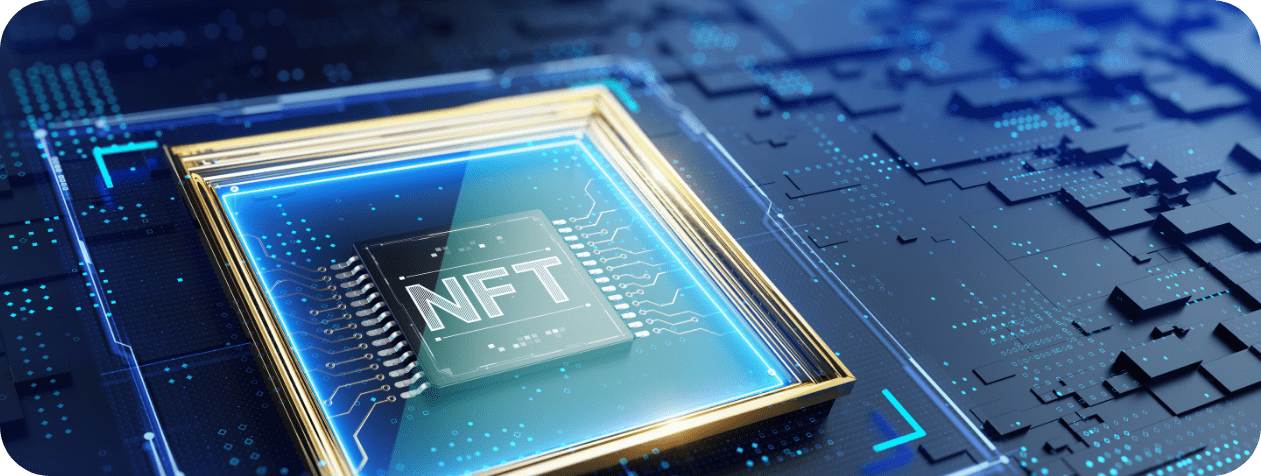
Digital-friendly technologies take time to seize the audience and the market. However, NFTs quickly dominated the public imagination, despite being young.
Within a couple of years of its discovery, NFTs have grown tremendously. This was partly due to advanced Blockchain technology.
Additionally, NFTs have become a solid option for investment due to their authenticity. The rarity and utility NFTs offer acts as the primary factor that makes them trustworthy.
Rarity
The main goal of NFTs was to create something unique and rare, so their formation is based on scarcity. As a result, an artwork or object that is tokenized as an NFT has a finite quantity.
Unlike physical artifacts, which are always hard to buy, these digital assets are open for anyone to buy and hold. So, investing in something rare and making a profit in the future encourages people to be open about NFTs.
Utility
The real-world benefits of NFTs give them the potential to transform into something more than investment instruments. If society as a whole is positive about the benefits NFTs offer, they become more valuable.
One of the relevant examples here is Gary Vaynerchuk’s Fly Fish Club’s Membership NFT. Fly Fish Membership holders have access to an exclusive private dining experience, which incentivizes people to join this community.
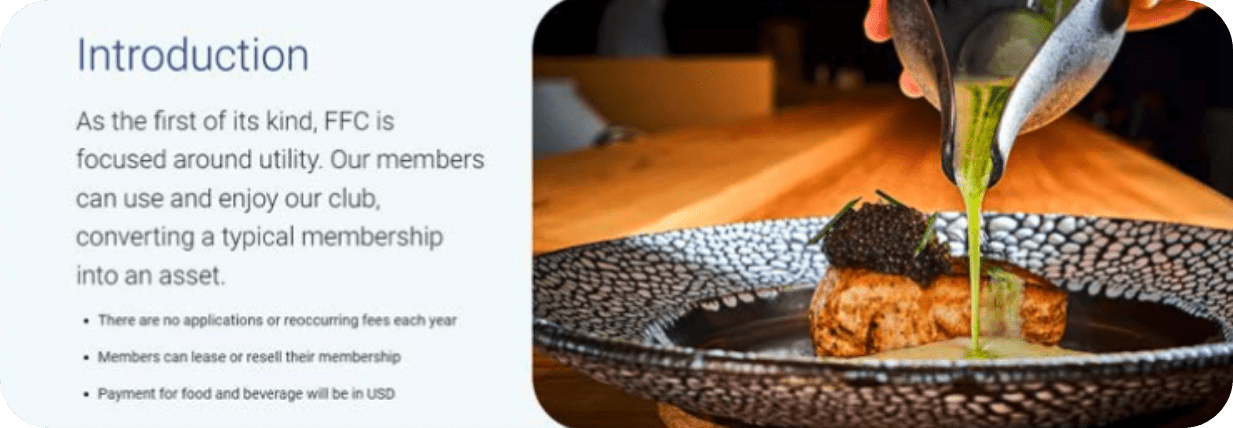
Other factors, such as the first NFTs and the NFTs with ownership histories, have little impact on a project. Pioneer NFTs like Quantum and CryptoPunks collections are still sold in millions.
When a popular or influential person holds an NFT, it has significant value in the market. The higher risk is that they may not have value over time. So, when the value is tied to an emotional or physical benefit, the NFT becomes more reliable.
Token Standardization of NFTs

Following community recommendations on EIPs, ERC tokens were introduced to improve Ethereum standards. ERC 721 and ERC 1155 standardize NFTs, much like ERC 20 tokens did for fungible tokens.
ERC 721 was the very first NFT standard, while ERC 1155 is an improvised version with added features. The attributes, purposes, and flexibility that the token represent are decided by these token standards.
ERC 721
ERC 721 was implemented by Ethereum in 2017, which greatly increased the usage of NFTs. It made NFTs more flexible to Dapps and wallets by bringing in smart contracts.
Due to this, the way NFTs were used as a store of value completely changed. The same year, the CryptoKitties NFT collection was launched with ERC 721 and became a pioneer.
ERC 1155
In 2018, ERC 1155 was introduced with further improvements. One of the major issues with ERC 721 was that creators had to deploy one contract for one NFT.
As every NFT required a unique smart contract, the block size kept increasing with more NFTs. Batching all the types of NFTs were introduced with ERC 1155.
Along with batch deployment, it supported batch transfer, balancing, and many other functions. This decreased the volume, as all NFTs were deployed with a single contract. This token was also called a multi-token standard.
NFTs as Investments
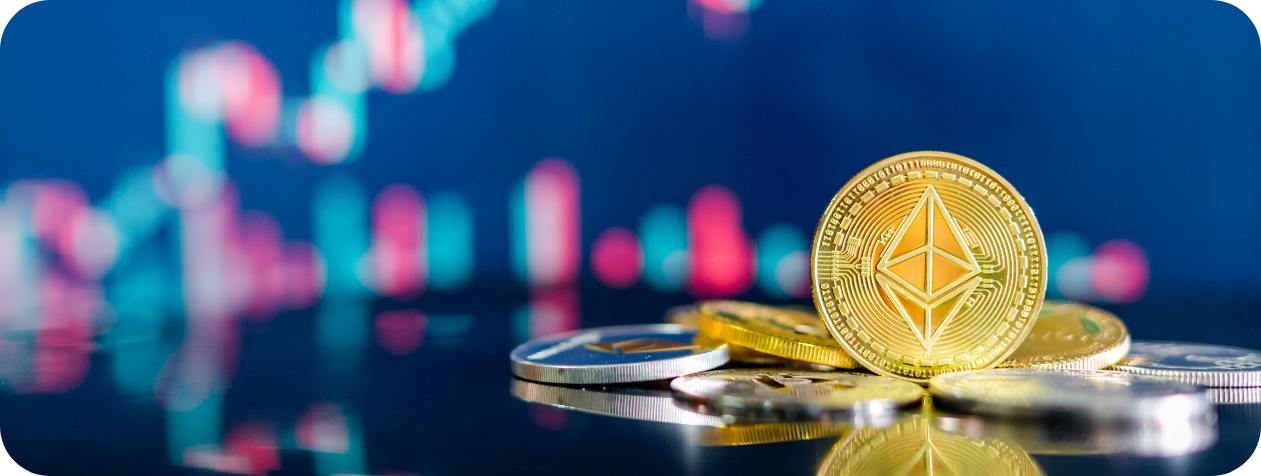
Unlike other investment categories, NFT investment does not have significant regulatory activities. As a result, there is less workload, and transfers happen sooner.
NFTs also have major financial and non-financial benefits and may come out as a winning tool for NFT investments in the future.
- After ERC 721, NFTs have more than just collectibles; NFTs are now also considered an investment that stores value. Like other investments, NFTs bought are also traded to make a profit, while some people collect them for their artistic value.
- NFT holders can enjoy benefits from the creators, which are available exclusively for them.
- Reselling NFTs earns a royalty for both the creator and holder. For example, “breeding” NFTs like CryptoKitties can earn you rentals when the kitties are sent for breeding. In such cases, the original kitties will become more valuable when the hierarchy tree grows.
- Investing in NFTs is also an easy way to learn and explore blockchain technology.
NFTs: Beyond the Present
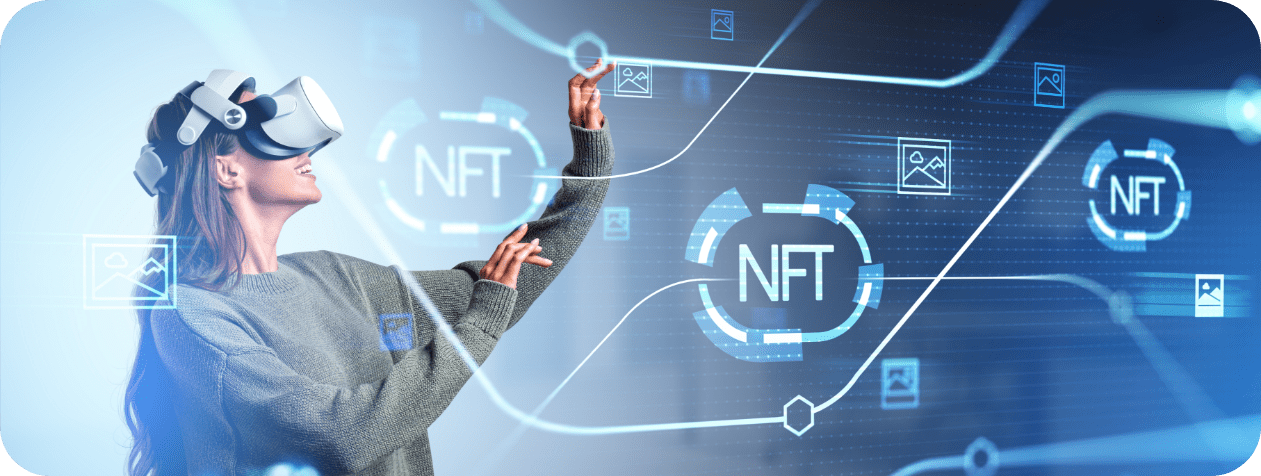
As NFTs are very flexible assets, the future they hold is very diverse. Experts like Tim Draper, the venture capitalist and blockchain expert, state that “The real potential of NFTs hasn’t been unveiled just yet.” This clearly shows the unimaginable future advancements of NFTs.
- Half a decade ago, NFTs were not only limited to digital assets but were also limited to images, art, PFPs, and GIFs. However, now they have developed as an asset with real value.
- Physical NFTs started becoming a thing in 2021. Many brands are now actively minting in physical NFTs to make sure their brands are relevant in the future.
- Play-to-earn games have also started concentrating on NFTs in their games.
- Interoperability is expected to be solved in the near future. So, NFT platforms that are ETH-based will become more adaptable.
Conclusion
In business and technology, it is expected that the usage of NFTs will be boundless. NFT culture will become resilient and may have the power to survive in any field, be it tech, finance, or marketing.
Though there are many discussions over how NFTs will evolve, the way we see digital arts will surely be transformed.



